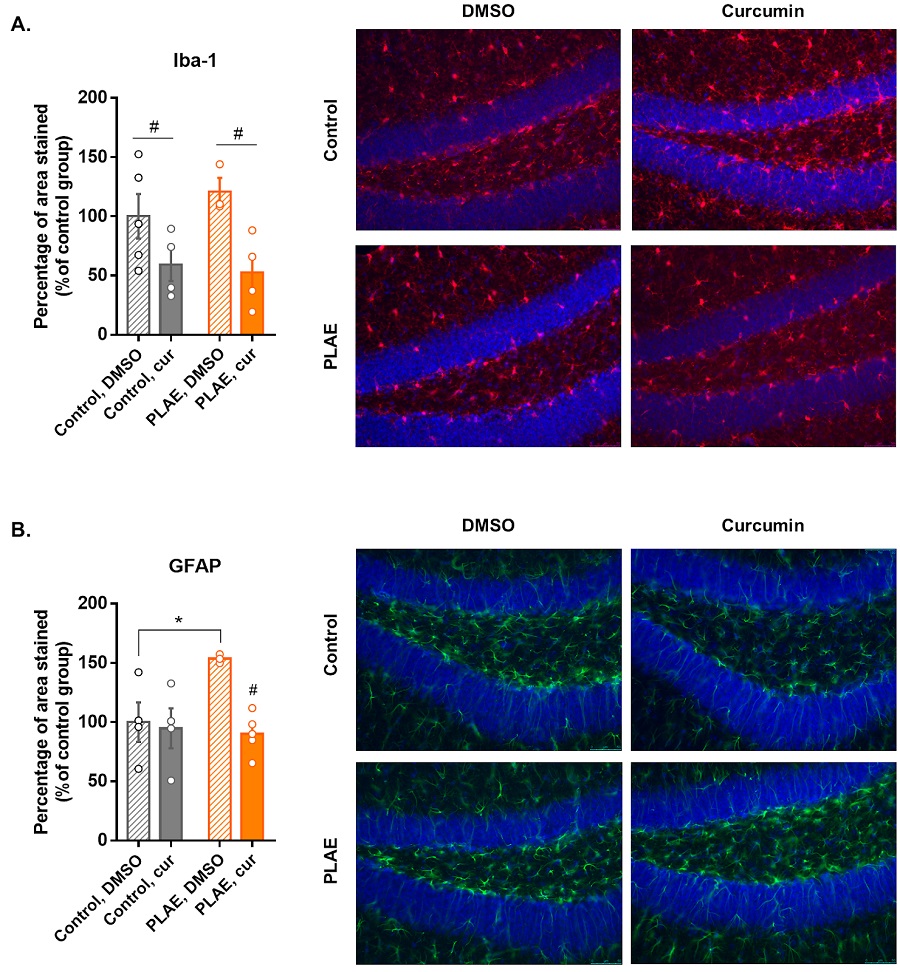Neurobiology of Behaviour
Olga Valverde 2019-2020

Group website
Research Outline
Our research lines are devoted to the investigation of the pathophysiological mechanisms involved in several psychiatric disorders, in particular, drug addiction, affective disorders, schizophrenia, cognitive alterations related to drug use, and the comorbidity between some of these diseases. To carry out research, we combine a variety of methodological approaches, including behavioral models, biochemical and molecular techniques to provide additional targets for innovative therapeutic interventions.
Research Lines
-
Effects of fitocannabinoids in drug abuse.
The aim of this project is to advance in the knowledge of the mechanisms underlying the craving and the relapse phenomena related to drugs consumption and to explore the utility of cannabidiol and other phytocannabinoids as a new possible therapeutic tool for the management of craving and the relapse in drug addiction.
-
Long-term effects of early alcohol exposure during the prenatal and lactational stages in mice.
We have developed a model of fetal alcoholic syndrome in mice and emotional, cognitive and addictive behaviours are being evaluated using different experimental approaches.
-
Co-morbidity between major depression and drug addiction
This project is focused on the plasticity changes related to drug addiction in mice exposed to maternal separation, an environmental model to induce depression.
Team during 2019-20
- PhD students: Lídia Cantacorps, Adriana Castro-Zavala, Miguel Ángel Luján, Laia Alegre Zurano, Alba García Baos
- Postdocs: Ana Martín-Sánchez, Sandra Montagud Romero
- Technicians: Xavier Puig
Selected publications
- Luján MÁ, Cantacorps L, Valverde O. The pharmacological reduction of hippocampal neurogenesis attenuates the protective effects of cannabidiol on cocaine voluntary intake. Addict Biol. 2020 Jul;25(4):e12778. doi: 10.1111/adb.12778. Epub 2019 Jun 4.
- Cantacorps L, Montagud-Romero S, Luján MÁ, Valverde O. Prenatal and postnatal alcohol exposure increases vulnerability to cocaine addiction in adult mice. Br J Pharmacol. 2020 Mar;177(5):1090-1105. doi: 10.1111/bph.14901. Epub 2020 Jan 23.
- Castro-Zavala A, Martín-Sánchez A, Valverde O. Sex differences in the vulnerability to cocaine's addictive effects after early-life stress in mice. Eur Neuropsychopharmacol. 2020 Mar;32:12-24. doi:10.1016/j.euroneuro.2019.12.112. Epub 2020 Jan 7.
- Cantacorps L, Montagud-Romero S, Valverde O. Curcumin treatment attenuates alcohol-induced alterations in a mouse model of foetal alcohol spectrum disorders. Prog Neuropsychopharmacol Biol Psychiatry. 2020 Jun 8; 100:109899. doi: 10.1016/j.pnpbp.2020.109899. Epub 2020 Feb 25.

Effects of curcumin on alcohol-induced glial activation in the dentate gyrus of the hippocampus. (A) Microglia (Iba-1) immunolabelling quantification (n = 3-5 per group) ##p < 0.01 treatment effect (ANOVA). Red: Iba-1 immunostaining (microglia). Blue: Hoechst (cell nuclei). (B) Astrocytes (GFAP) immunostaining quantification (n = 3-5 per group). Bonferroni post-hoc test *p < 0.05 vs. indicated group. Green: GFAP immunostaining (astrocytes). Blue: Hoechst (cell nuclei). Data are presented as mean ± SEM. Cur, curcumin; DG, dentate gyrus; DMSO, dimethylsulfoxide; GFAP, glial fibrillary acidic protein; Iba-1, ionized calcium-binding adapter molecule 1; PLAE, prenatal and lactational alcohol exposure.
